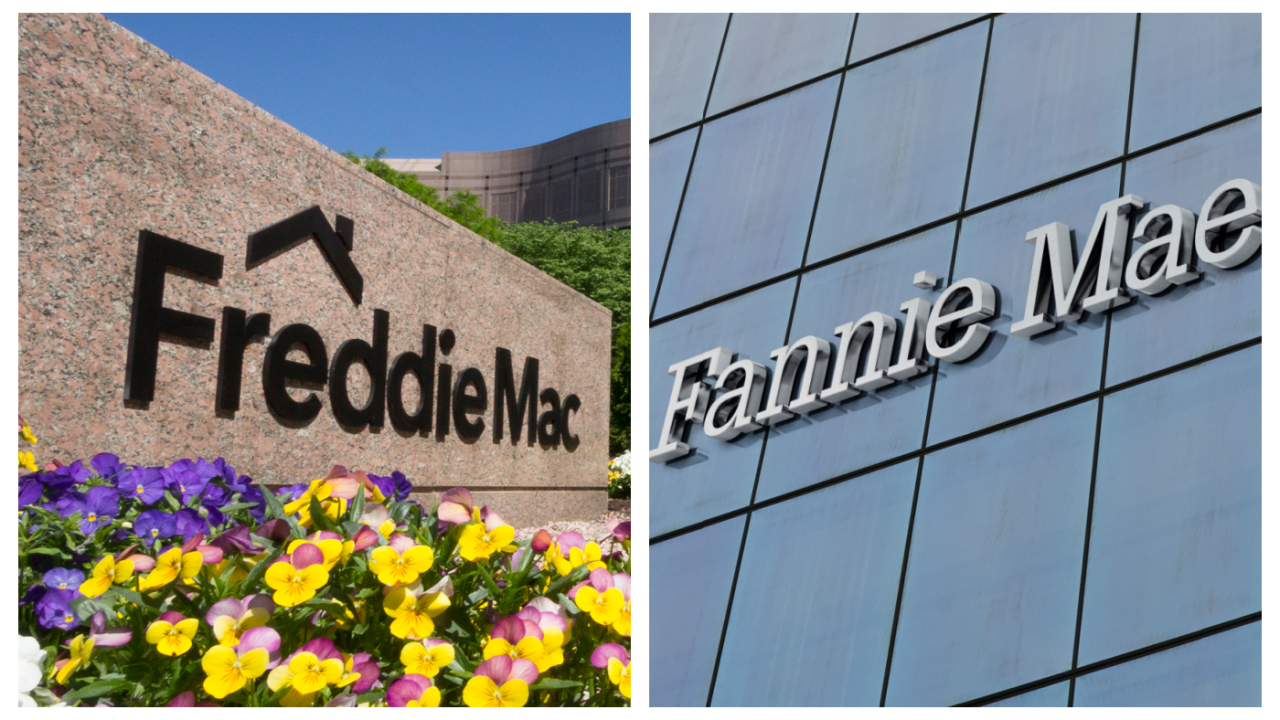Since 2003, American Express Co.'s portfolio of card receivables has grown almost three times as fast as the industry.
The company has said that such growth is a consequence of its strategy of spurring spending volume on its cards, and that its business model draws a greater percentage of its revenues from fees than its competitors.
But despite the company's focus on affluent customers, a group less apt to default, analysts say that Amex's case for expanding its lending business is getting harder to make.
Part of the problem is that new loans tend to default at a higher rate than seasoned ones. Also, the expansion has left Amex heavily exposed to places hit hard by the housing bust, like Florida and California.
On Wednesday, Amex warned that the credit picture has deteriorated beyond its expectations this month. The warning was tempered by an announcement that the company had settled its antitrust suit against MasterCard Inc. for $1.8 billion, adding to the $2.25 billion take from a November settlement with Visa Inc.
"People are concerned about the growth that Amex had relative to the industry as a whole, and that credit loss acceleration may be greater at Amex than maybe some of the peers that didn't grow as fast," said Michael Taiano, an analyst with Sandler O'Neill & Partners LP. Nevertheless, he expects the company to outperform other card companies over time.
Amex's change in outlook echoed a sudden worsening in its spending and chargeoff trends in December — an initial sign of a broad downturn in the credit card industry. Just three weeks ago Kenneth I. Chenault, Amex's chief executive, reiterated its earnings growth projection of 4% to 6% for this year, though he acknowledged a "tough, uncertain environment."
Michael O'Neill, a senior vice president with Amex, said Wednesday that he did not want to "quantify" this month's deterioration "or put it in the same league" as the worsening in December, "because we haven't sized it yet."
He also said it was too early to adjust Amex's projections or describe any actions it might take in light of the new outlook.
Eric Wasserstrom, an analyst at UBS AG's securities unit, said he has been "surprised that Amex has maintained such benign expectations about credit quality, particularly in the face of rising unemployment."
Mr. O'Neill said much has changed since Mr. Chenault's June 4 presentation. "You've seen a lot of economic indicators in June that would suggest a weaker economy than we were seeing earlier in the year."
Early this month Mr. Chenault said: "The growth we've generated has been profitable. It has added to our scale and relevance, and it has allowed us to tap into new customer pools."
Amex's strategy has been justified by numbers showing that the "billings growth of our proprietary worldwide credit card products has been greater than our balance growth," he said. "If we were adding balances for the sake of balances, these growth rates would directionally be reversed."
Mr. Taiano said this rationale for the receivables growth is "generally true."
The problem is that "investors are really focused on credit," he said. "I don't know that investors care all that much at this point" about other parts of the business.
Amex shares fell 2.8% Wednesday. Its card receivables grew 19% from a year earlier, to $75.2 billion as of March 31. By comparison, Washington Mutual Inc.'s grew 11.8%, Bank of America Corp.'s grew 11.1%, and JPMorgan Chase & Co.'s grew 3%. During the same period, Amex's chargeoff rate grew 130 basis points, to 5.3%. By comparison, Wamu's chargeoff rate grew 301 basis points and B of A's 46 basis points.
Sanjay Sakhrani, an analyst at KBW Inc.'s Keefe, Bruyette & Woods Inc., said one could call Amex's receivables growth "somewhat irrational." It could be that the "risk profile of the accounts that were brought on during more favorable times has deteriorated."
But even though "the magnifying glass is clearly on the lending business," that part of Amex is "still a smaller component of their business" than it is at other card companies, he said.





